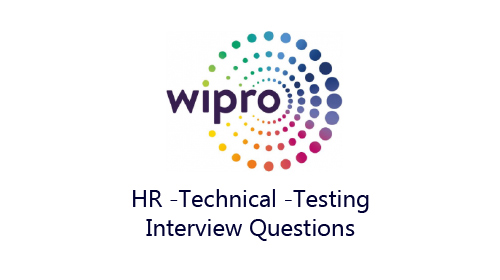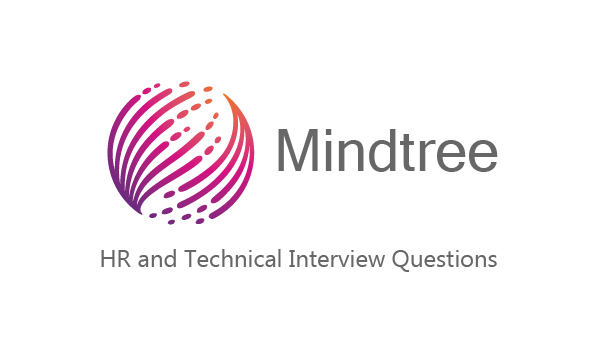A resume is the most important thing you need to have when trying to find work. It is one of the basic means of advertising in the job market. This is a characteristic of the skills of a person, which increases his/her competitiveness in the labor market. Key employee attributes such as education, productivity, and abilities should be reflected in the resume. It is usually made in printed form, on good quality paper with a photograph. A properly written resume must meet a number of requirements. In this case, it guarantees successful employment and becomes the next stage of a career.
If you are having difficulty in writing a resume, you can turn to specialists from professional services and pay them online to have your resume written from scratch. It is just necessary to visit this website and quality resume writing assistance at affordable prices is guaranteed. But still, everyone should be able to write a resume without any help. Therefore, in this article, we will tell you how to do it.
Resume Writing Process
Like any other paper, a resume consists of certain structural parts. Below we will consider them in detail and tell you how to write each part.
The Structure of a Resume
Structural elements of a resume for a job interview include the following:
- Title. Here you need to indicate the last name, first name, and patronymic of the candidate. The title is usually at the top of the page in the center;
- Key personal data. Basic personal information should be provided here, in particular: date of birth, address, telephone number, marital status, etc. This data should be placed in the upper left corner under the heading and typed in a smaller (for example, 10-11) font;
- The purpose of the appeal. The candidate must indicate the purpose of an application, the position and conditions he/she is applying for. This information should cover approximately 2-3 lines of the text;
- Education. In this part of the resume, it is important to represent information about where you studied, when you received your diploma, what specialty you obtained, etc. It will be appropriate to announce the awards, as well as emphasize the study of those disciplines that meet the purpose of an applicant. Information about education is usually provided in reverse chronological order. That is, you need to start from your last place of study;
- Work experience. In this part of the resume, the candidate should talk about where he/she previously worked, what positions held, and what professional achievements gained. It is important to note the reason for dismissal. Disproportion in the presentation of this data is undesirable, so it is important to focus on the logical sequence of presentation of information;
- Additional Information. This part of the resume does not have certain established requirements and is compiled in accordance with the wishes of the candidate. But, still, it is necessary to describe the knowledge and skills you have, especially if they are directly related to the job you are applying for. You can tell here about the level of foreign language proficiency; computer knowledge; about your public activity; availability of letters of recommendation; personal qualities and characteristics, etc.;
- Date of resume. By specifying the date of the resume, you, thus, increase its relevance, as well as the credibility of interest in a job.
So, we have examined the main structural elements of the resume, as well as the peculiarities of their compilation. Now we turn to the analysis of the features of the resume style.
Resume style
When creating a resume, remember that the style of writing a resume must meet certain requirements:
Conciseness. The texts should not have long unintelligible sentences, repetitions, abbreviations, and incomprehensible terms. Try to write simple sentences using common words;
Concreteness. Try to get rid of inaccurate information that is not directly related to the work. For example, there is hardly a need to describe your physical skills if you are applying for a managerial position. But, if you want to become an athlete, then you should definitely tell about this;
Purposefulness. Provide key information that gives grounds to apply for a particular position. Information should be obtained taking into account the purpose of the resume;
Honesty. Refuse to use false information. It will come to light later, which can put you in an uncomfortable position. For example, do not write that you are an experienced computer user if this is actually not the case;
Activity. Show that you are an active person who wants to work and develop in this field. For this, try to use as many active verbs of the present tense as possible. For example: “I know computer programs”, “I have skills in project management”.
So, we have told you how to make a resume for a job interview. Try to follow our tips. It will really help you. And do not forget that on the basis of a resume the employer forms the first and quite stable impression of the person. The resume provides an opportunity to quickly learn the main information about the candidate, identify additional questions, and increase the effectiveness of the interview.





